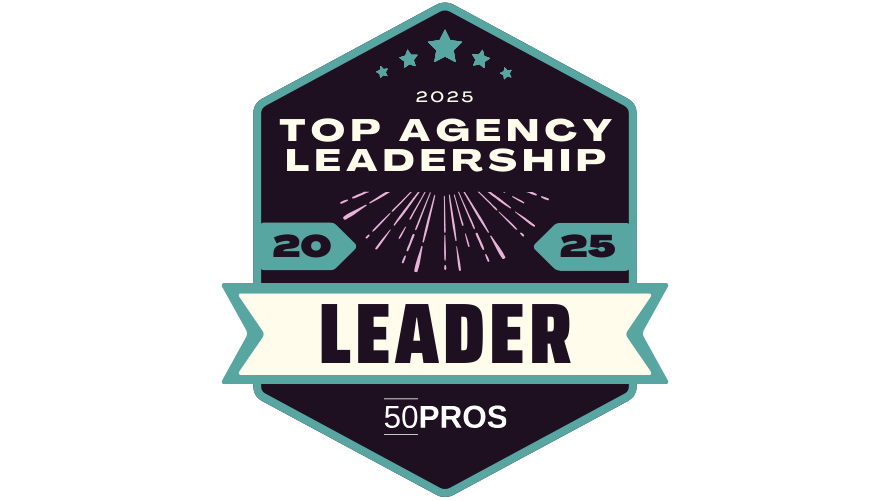Content is king nowadays in the marketing world, but how do you elevate your brand content above the competition and inspire your target audience? We explore why storytelling and narrative could be the missing ingredients in your misfiring marketing campaigns.

If you run a business, you’ll know by now that your audience and your target customers are a pretty savvy bunch. People can just tell when you’re the real thing or if you’re only trying to make a quick buck. So why not make it easy for them to get to know you, your values, and make a personal connection to your company, services, or products?
The story behind your brand is the reason that consumers will remember your business and choose you over a million other competitors. We look at the hows and whys of storytelling-based marketing.
Storytelling has been the bedrock of human communication and connection for centuries. Stories with narrative and visual elements have communicated the history, values, and aspirations of entire communities and continents long before the advent of modern marketing.
While many modern brands recognize the importance of storytelling as part of their marketing efforts, too often the message is inconsistent across various promotional channels, or businesses fail to create an authentic or relatable narrative.
We asked London:Los Angeles (LO:LA) – a renowned California and UK-based digital marketing agency – where businesses are going wrong.
They explain, “In modern marketing, storytelling remains a powerful tool—yet many brands have reduced it to a formulaic, engagement-driven tactic rather than a source of deep connection.”
Storytelling-based marketing focuses on creating a compelling narrative arc with the vital components of Beginning, Conflict, and Resolution, conveying to customers how their ethos and products help overcome common obstacles and meet their needs.
According to LO:LA, “The most powerful brand stories are not about the brand itself, but about the people it serves. Instead of positioning itself as the hero, a brand should play the role of the guide, helping customers achieve their goals. When customers see themselves reflected in a brand’s story, it fosters emotional investment and loyalty.”
Remember, storytelling-based branding shouldn't be viewed as a one-off campaign. Instead, the story should evolve and grow over time and incorporate elements such as customer experiences, behind-the-scenes content to encourage transparency and relatability, and cultural moments to maintain relevance.
In addition to narrative copywriting, your story threads can and should be woven into all your promotional channels to ensure a consistent message. It can inform everything from your video content and social media posts to animation, photography, and even your web development and UX and UI design.
Why not give your brand a boost with marketing that really connects with your audience – your story is waiting to be told!
